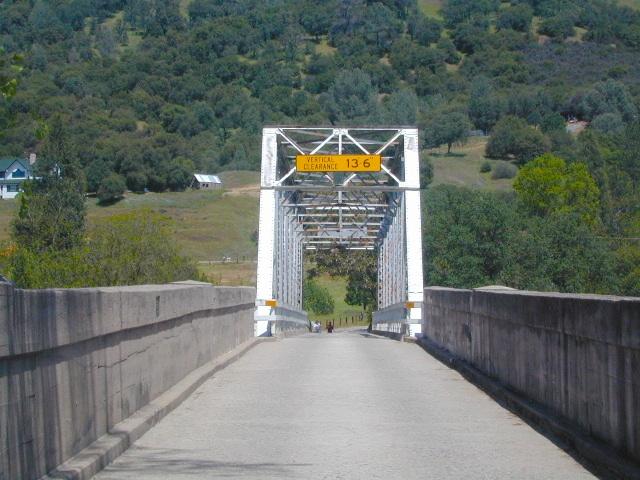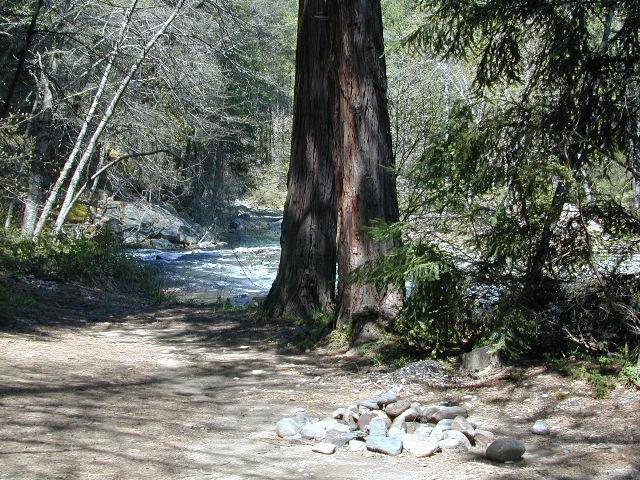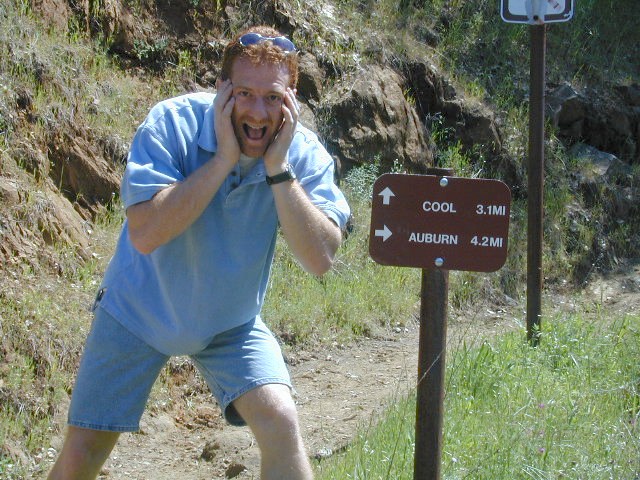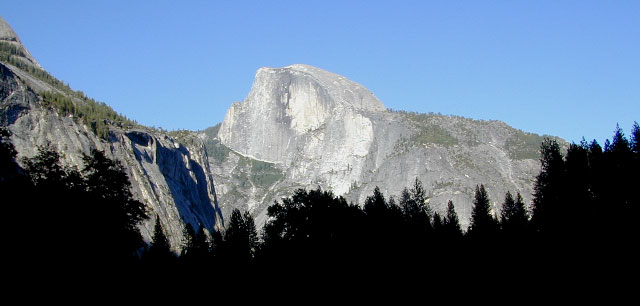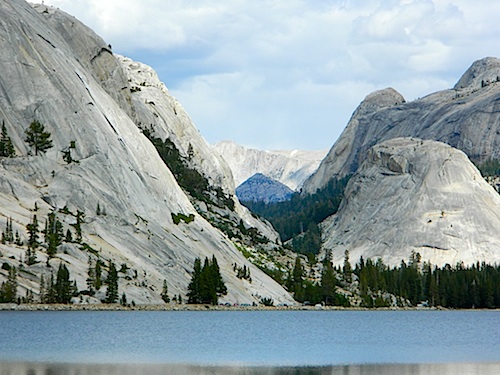Ansel Adams Trail Map
Tom Harrison
Yosemite National Park Hiking Backpacking Maps
 Tom Harrison Trail Map: Ansel Adams Wilderness, Eastern Sierra Topographic maps for hiking and backpacking. Back road exploring and lake fishing too. This map has an amazing amount of alpine lakes & mountain destinations – from the western Sierra to the east side. Tioga Pass, Yosemite Wilderness, June Lake Loop, Mammoth Lakes, Gem Lake, Thousand Island Lake, Minarets, Silver Divide, Lake Edison, Mono Hot Springs, Mammoth Pool Reservoir, Clover Meadows and Granite Creek. Also included is the Mono Basin National Scenic Area, Mono Lake California. Durable, waterproof plastic map; Folded. Printed in 2010. Map Scale: 1:79,200 ISBN# 9780981834429
Tom Harrison Trail Map: Ansel Adams Wilderness, Eastern Sierra Topographic maps for hiking and backpacking. Back road exploring and lake fishing too. This map has an amazing amount of alpine lakes & mountain destinations – from the western Sierra to the east side. Tioga Pass, Yosemite Wilderness, June Lake Loop, Mammoth Lakes, Gem Lake, Thousand Island Lake, Minarets, Silver Divide, Lake Edison, Mono Hot Springs, Mammoth Pool Reservoir, Clover Meadows and Granite Creek. Also included is the Mono Basin National Scenic Area, Mono Lake California. Durable, waterproof plastic map; Folded. Printed in 2010. Map Scale: 1:79,200 ISBN# 9780981834429
![]() download digital version of this map
download digital version of this map
Ansel Adams Wilderness Map
The Ansel Adams Wilderness is a wilderness area in the Sierra Nevada of California, United States. The wilderness spans 231,533 acres – much of which is located inside the Inyo and Sierra National Forests, and the remaining acres covers nearly all of Devils Postpile National Monument. Yosemite National Park lies to the north and northwest, while the John Muir Wilderness lies to the south.
see also –
Inyo National Forest Map
Inyo Forest Atlas
John Muir Wilderness Map
Yosemite Maps by Tom Harrison
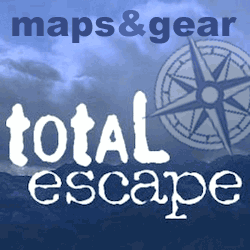

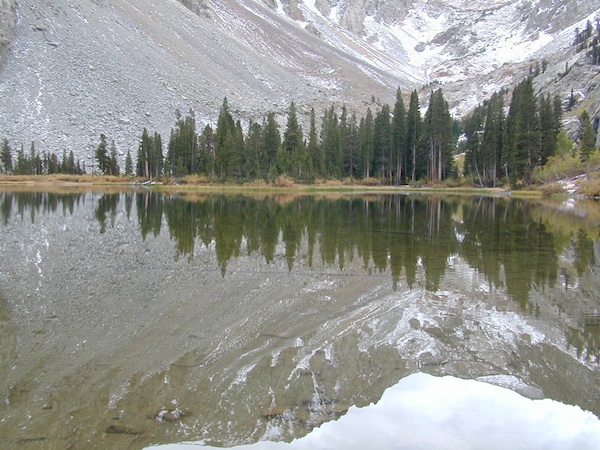


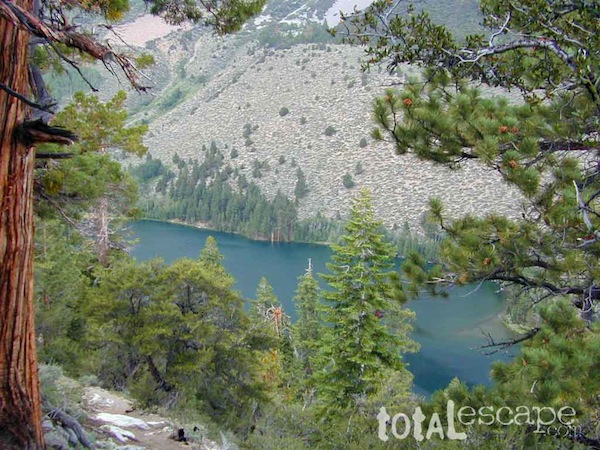

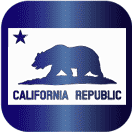 Gold Country Maps for the Western Sierra foothills, parks, forests, river canyons, fishing, camping, hiking, from Yosemite to the Sierra Buttes. The famous Gold Rush Country in California has historic buildings, mines, roads, and dams. The foothills region is home to numerous big river canyons, which is also the central focus of the historic mining activity.
Gold Country Maps for the Western Sierra foothills, parks, forests, river canyons, fishing, camping, hiking, from Yosemite to the Sierra Buttes. The famous Gold Rush Country in California has historic buildings, mines, roads, and dams. The foothills region is home to numerous big river canyons, which is also the central focus of the historic mining activity.